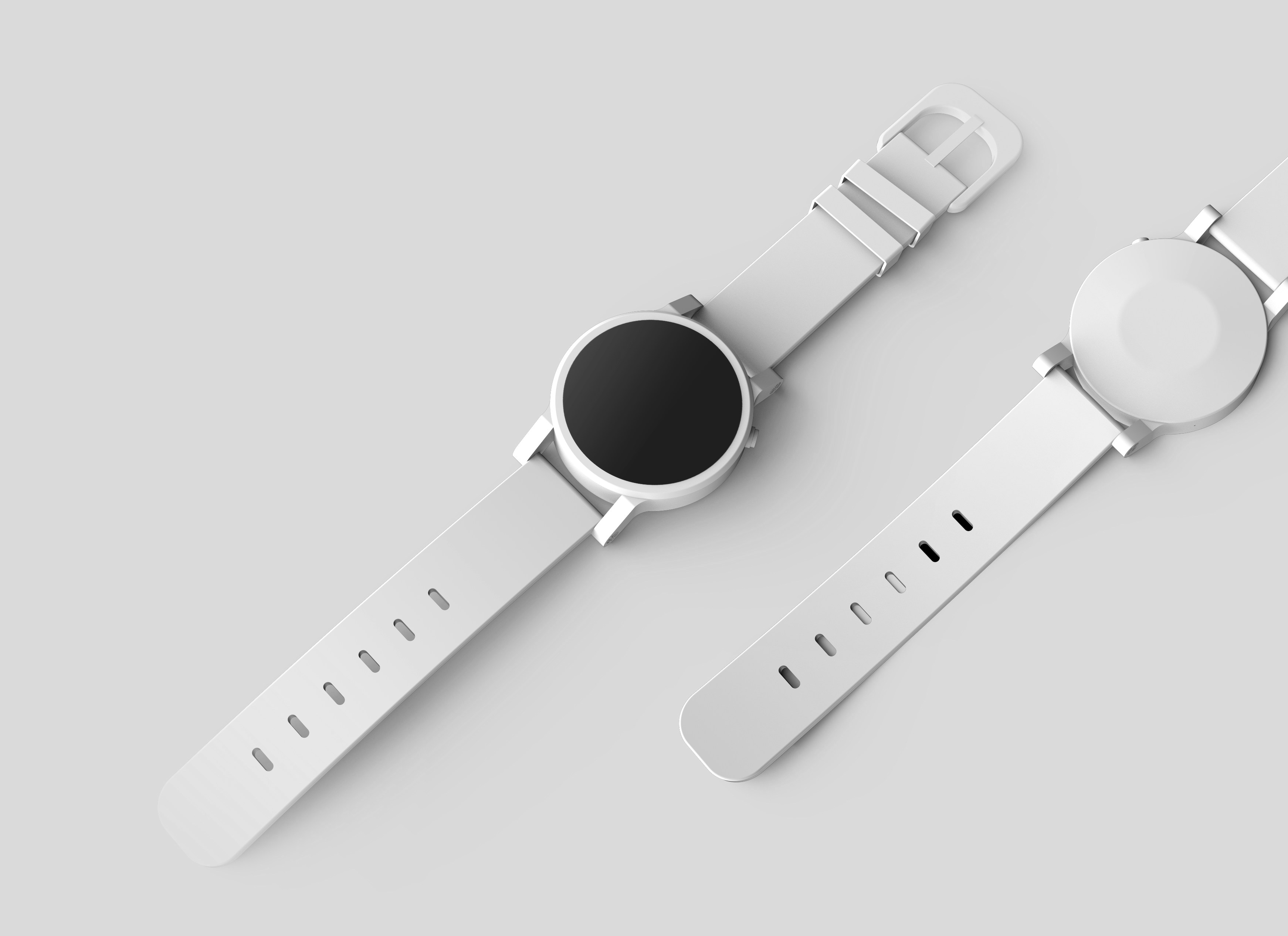In the digital era, the definition of a great product extends beyond its physical attributes.
It’s a complex blend of design, differentiation, management, and the innovative use of technology.
This article delves into the six dimensions that contribute to product excellence. We’ll explore how user-centric design, strategic differentiation, and effective product management play crucial roles.
We’ll also examine the impact of AI on product development and customer experience, and the power of great product videos in marketing and user engagement.
Whether you’re a product manager, designer, developer, marketer, or business owner, this article will provide valuable insights into creating a top product in the digital era.
1. User-Centric Product Design
User-centric design is the cornerstone of a great product.
It’s about understanding the needs, preferences, and behaviors of your target audience.
This approach ensures that the product is not only functional but also intuitive and enjoyable to use.
It’s about creating a seamless user experience that meets the user’s needs at every touchpoint.
In the digital era, user-centric design is more important than ever.
The Importance of Aesthetics and Functionality
Aesthetics and functionality are two key elements of user-centric design.
A product that looks good attracts users, but it’s the functionality that keeps them.
A balance between the two is crucial for product success.
Evolution of Design Principles with Technology
Design principles have evolved with technology.
In the digital era, great product design is about more than just aesthetics and functionality.
It’s about leveraging technology to create products that are adaptable, scalable, and capable of delivering personalized experiences.
2. Differentiation Through Innovation
Innovation is the key to differentiation in the digital era.
It’s about creating a product that stands out in a crowded market. A great product comes from having good differentiation. Innovation can come in many forms, from unique features to groundbreaking technology.
But the most successful products are those that solve a problem in a new and better way.
This is what sets a great product apart from the rest.
Identifying Unique Value Propositions
A unique value proposition is what makes your product different.
It’s the reason why customers should choose your product over others.
Identifying your unique value proposition is crucial for differentiation.
Competitive Analysis and Market Positioning
Understanding your competition is key to differentiation.
It helps you identify gaps in the market that your product can fill.
By positioning your product in a unique way, you can carve out a niche for yourself in the market.
3. Strategic Product Management
Product management is a strategic function.
It involves planning, forecasting, and marketing a product throughout its lifecycle.
A great product manager understands the market, the customer, and the product.
They make decisions that align with the company’s strategic goals.
This strategic approach is crucial for a product’s success.
Integration of Customer Feedback
Customer feedback is a valuable resource.
It provides insights into what customers like and dislike about your product.
Integrating this feedback into your product development process can lead to improvements and innovations.
Data Analytics and Predictive Market Trends
Data analytics can provide valuable insights into market trends.
These insights can help you anticipate customer needs and preferences.
By leveraging data analytics, you can make informed decisions that will keep your product relevant and competitive.
4. Leveraging AI for Enhanced Experiences
Artificial Intelligence (AI) is transforming the digital product landscape.
It’s enabling more personalized, intuitive, and efficient user experiences.
AI can analyze vast amounts of data to understand user behavior.
This understanding can then be used to tailor product features and interactions.
AI is a powerful tool for enhancing product experiences.
Personalization and Product Recommendations
Personalization is a key benefit of AI.
AI can analyze user behavior to understand individual preferences.
This understanding can then be used to provide personalized product recommendations.
Ethical Considerations and AI Deployment
AI deployment raises ethical considerations.
These include issues of privacy, transparency, and accountability.
It’s important to address these considerations when integrating AI into your product.
5. The Power of Great Product Videos
Product videos are a powerful tool in the digital era.
They can showcase a product’s features and benefits in a dynamic, engaging way.
Great product videos can increase user engagement and conversion rates.
They can also help to build a strong brand identity.
Storytelling and Audience Connection
Storytelling is a key element of great product videos.
A compelling story can connect with the audience on an emotional level.
This connection can increase brand loyalty and product appeal.
SEO and Online Visibility for Videos
SEO is crucial for the visibility of product videos.
Optimized videos can rank higher in search engine results.
This increased visibility can drive more traffic to your product.
6. Continuous Improvement and Adaptability
In the digital era, a great product is never truly finished.
It must continuously evolve to meet changing user needs and market trends.

Adaptability is a key characteristic of a great product.
It allows the product to stay relevant and competitive over time.
Importance of Scalability and Flexibility
Scalability and flexibility are crucial for a product’s long-term success.
A scalable product can grow with the user base and the business.
A flexible product can adapt to new technologies and market conditions.
Measuring Success and User Satisfaction
Measuring success is not just about sales figures.
User satisfaction is a key indicator of a product’s success.
Regular user feedback can help to identify areas for improvement and drive continuous product development.
Conclusion: Synthesizing the Dimensions for Product Excellence
In conclusion, creating a great product in the digital era is a multifaceted process.
It requires a deep understanding of user needs, a commitment to innovation, strategic management, and the effective use of technology.
By synthesizing these six dimensions, businesses can create products that not only meet but exceed user expectations, ensuring their success in the competitive digital marketplace.





